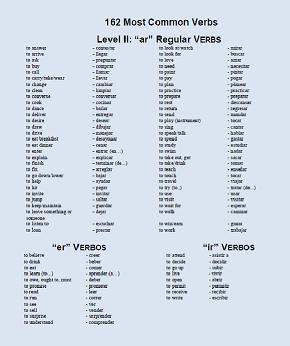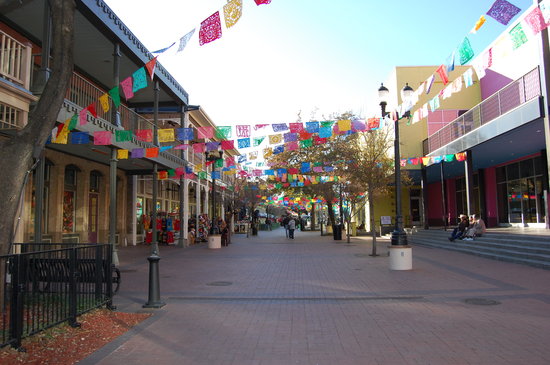Bathroom Spanish
Many of you have been asking for some “bathroom Spanish vocabulary”. I have had a difficult time reading between the lines on the suggestions. Were you hoping that I would post some inappropriate bathroom humor in Spanish or merely wanting to learn how to say “toilet” in Spanish? Since this is a family friendly website and blog, I will not be posting “bad stuff” on the blog. Okay, here is a small vocabulary list for the bathroom.
shower | ducha
to shower | ducharse
to bathe (oneself) | bañarse
soap | jabón
toothpaste | pasta dental
sink | lavabo
toothbrush | cepillo de dientes
washcloth | toallita
mirror | espejo
hair dryer | secador
toilet | inodoro/excusado
toilet paper | papel higiénico
You need to take a shower. | Necesitas ducharte.
Challenge: Don’t take a shower until you learn these words. If you stink bad enough, you will do it for your sake, and because you care about others.










